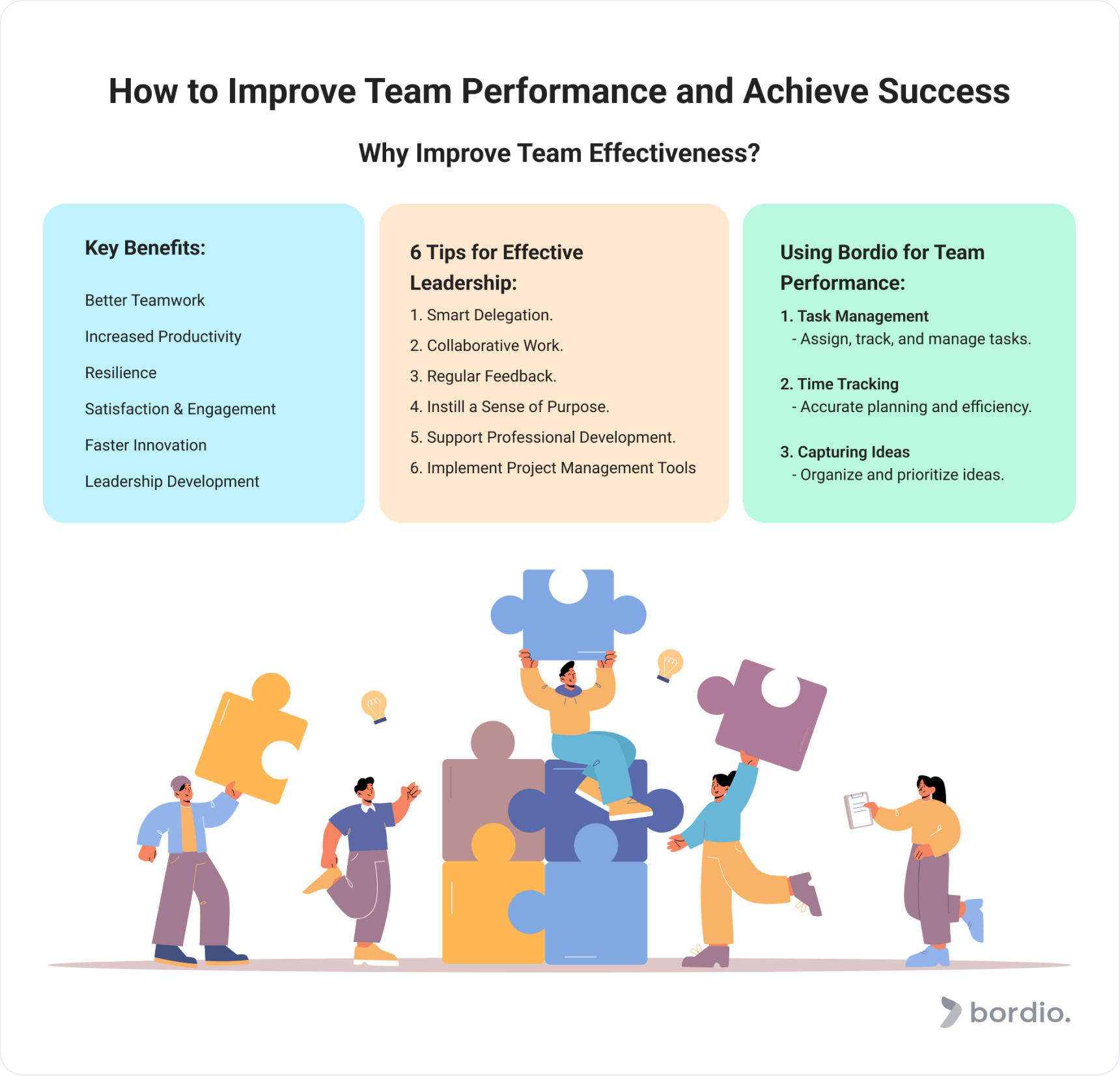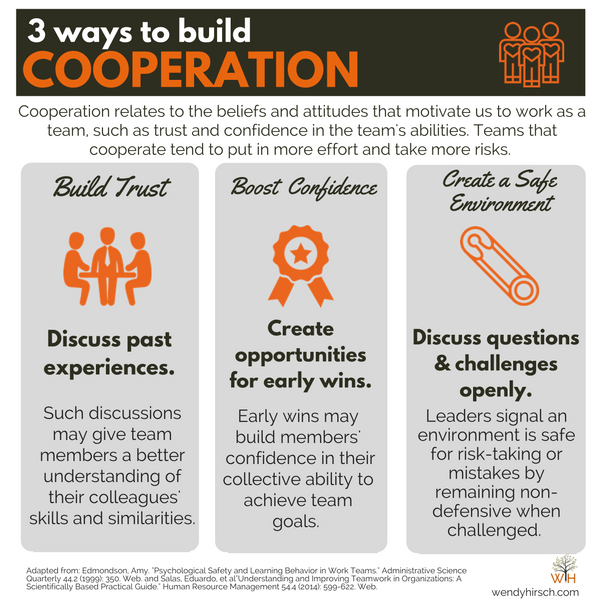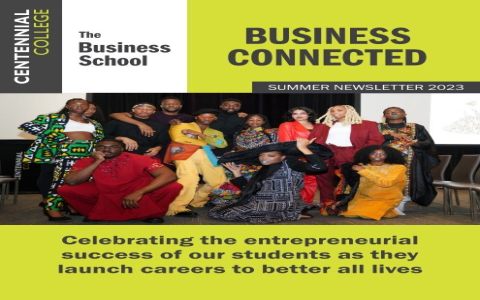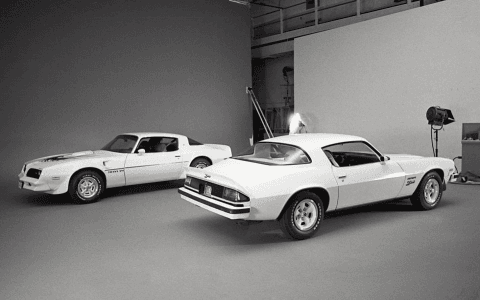Alright, let’s talk about this whole ‘collective festival management’ thing. Sounds pretty official, doesn’t it? Like everyone holds hands and sings kumbaya while magically organizing a huge event. Well, lemme tell ya, based on what I went through getting our town’s summer fest off the ground last year, it’s not quite like that. Not even close.

It started, like most things, with good intentions. A few of us were chatting after a town meeting, thinking we needed something to liven the place up. “Let’s do a big festival!” someone said. Easy, right? So, we started pulling people in. Got folks from the local business group, the arts council, even just interested neighbors who like to organize things. That’s where the ‘collective’ part kicked in, and honestly, where the headaches began.
Getting Started… or Trying To
First step was trying to figure out who did what. We thought, okay, let’s be organized. We need teams:
- Logistics (permits, layout, power, toilets – the glamorous stuff)
- Entertainment (bands, performers, kids’ activities)
- Vendors (food trucks, craft stalls)
- Marketing & Promotion (getting the word out)
- Volunteers (wrangling people to help on the day)
Seemed logical. But then you get too many cooks. Everyone had an opinion, naturally. The business folks worried about vendor fees clashing with store sales. The arts people wanted obscure performance art that half the town wouldn’t get. The logistics team lead kept changing his mind about the stage location based on who complained loudest that week.
We tried using shared online documents to keep track. That lasted about a week before it became a jumbled mess of conflicting edits and comments nobody read. Then came the endless email chains – reply-all nightmares. Someone suggested a fancy project management app, but honestly, trying to get Brenda from the historical society to use anything beyond email was a non-starter. So, mostly, it was just messy communication.
The Real Deal: People Problems
The hardest part? The ‘collective’. Getting different groups with different priorities to actually agree and move forward felt like herding cats. It wasn’t about the tasks themselves; it was about managing the people doing the tasks. We spent more time in meetings talking about what needed doing, or arguing about how it should be done, than actually doing it.

I remember this one meeting, supposed to finalize the food vendor list. Took two hours. Why? Because one person insisted their cousin’s experimental vegan hotdog stand had to be there, prime spot, even though nobody had heard of it. Another person was convinced charging any vendor fee was ‘against the community spirit’. It was exhausting.
It reminds me of this time years ago, completely different situation. I worked at this place, decent job, but we had this ‘team building’ retreat. The boss insisted we all collectively decide on the activities. We spent an entire afternoon arguing about whether paintball or a winery tour was ‘more collaborative’. Ended up doing neither, just had an awkward lunch. It’s the same energy. ‘Collective’ often means ‘nobody is really in charge, so nothing gets decided easily’. That job, by the way? Left it not long after. Too much talk, not enough action. Felt strangely similar during the festival planning peaks.
How It Actually Happened
So how did the festival even happen? Honestly? A few key people just got fed up and started doing things. Sarah, who was officially just ‘helping with permits’, basically took over all the logistics because she was tired of the arguments. She just went ahead, filed the papers, booked the port-a-potties, told people where the stage was going, end of story. Dave from the garage practically bullied the sound equipment company into giving us a discount and showing up on time. It wasn’t the ‘collective’. It was individual initiative born out of frustration.
The marketing? One younger volunteer just started a social media page and ran with it because the official ‘marketing team’ was still debating poster colors. The vendor map? Drawn on the back of a napkin two days before, because the ‘official’ map was still being revised.
The Aftermath
Yeah, the festival happened. People came, music played, kids got faces painted. From the outside, looked like a success. We got some nice pictures for the town newsletter. But behind the curtain? Pure, unadulterated chaos right up to the last minute. We barely covered costs. A few key volunteers were totally burned out and swore ‘never again’. Relationships between some of the community groups got a bit frosty for a while.

So, ‘collective festival management’? My experience? It’s a nice idea on paper. In practice, it’s messy, inefficient, and relies heavily on a handful of people willing to push through the noise and ignore the ‘process’ when needed. You don’t need more committees; you need people who just get stuff done. That’s the reality I saw.




